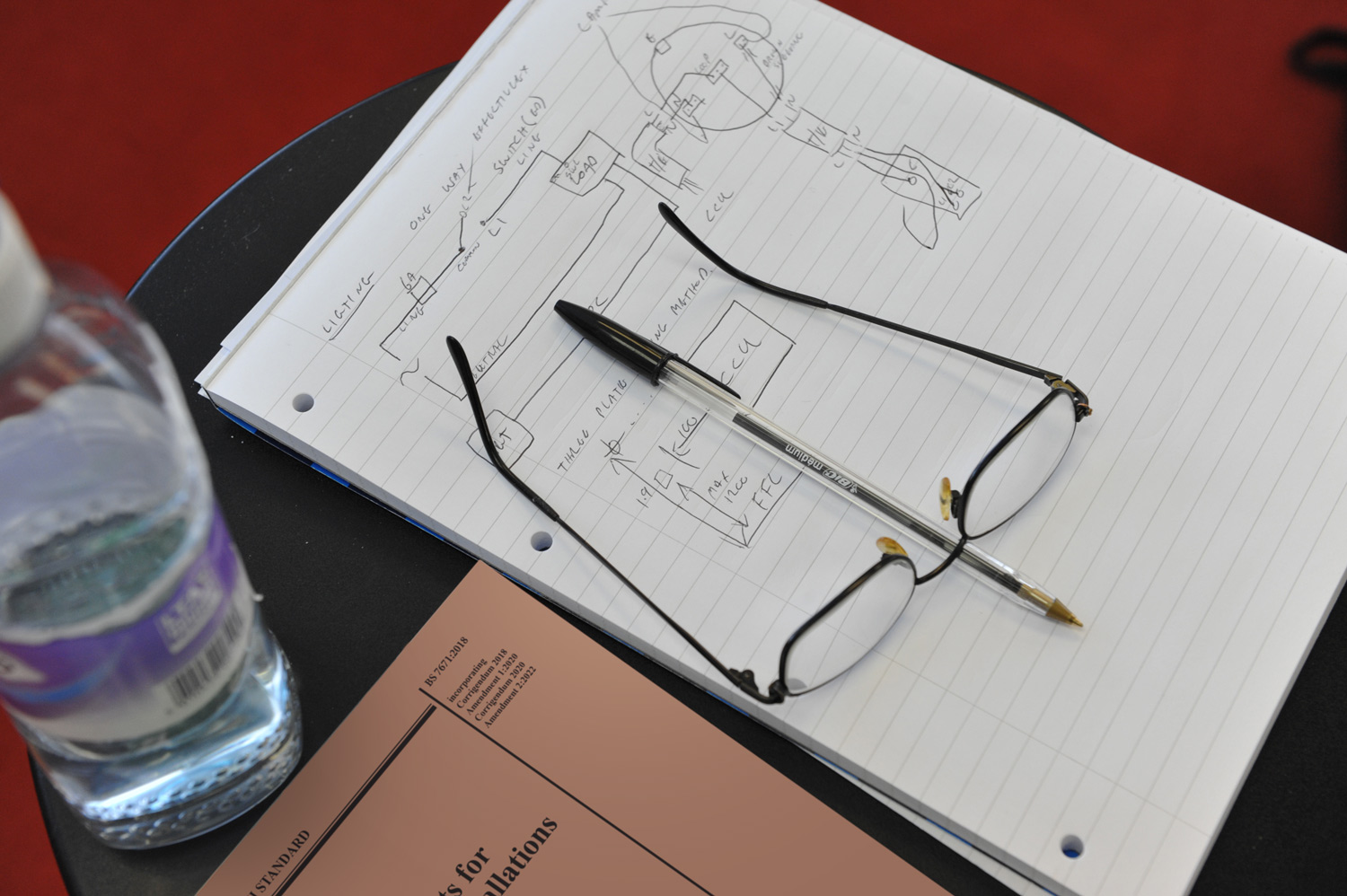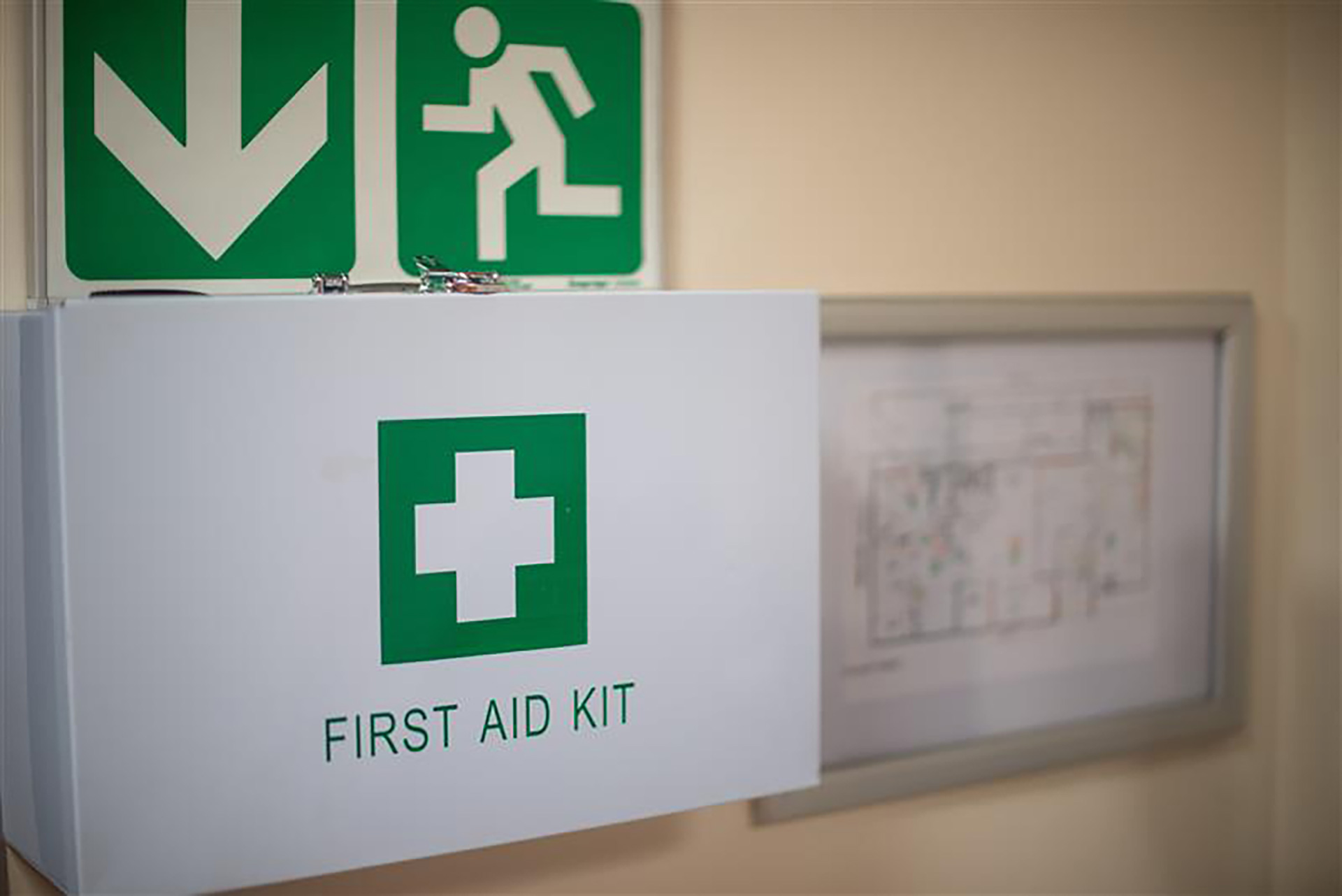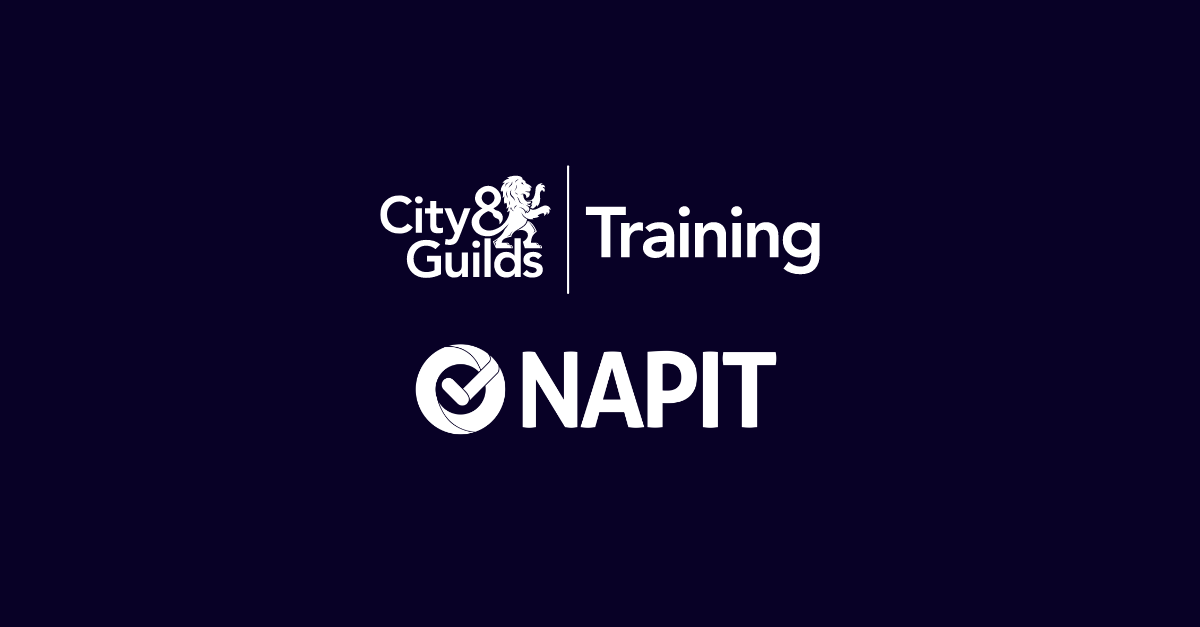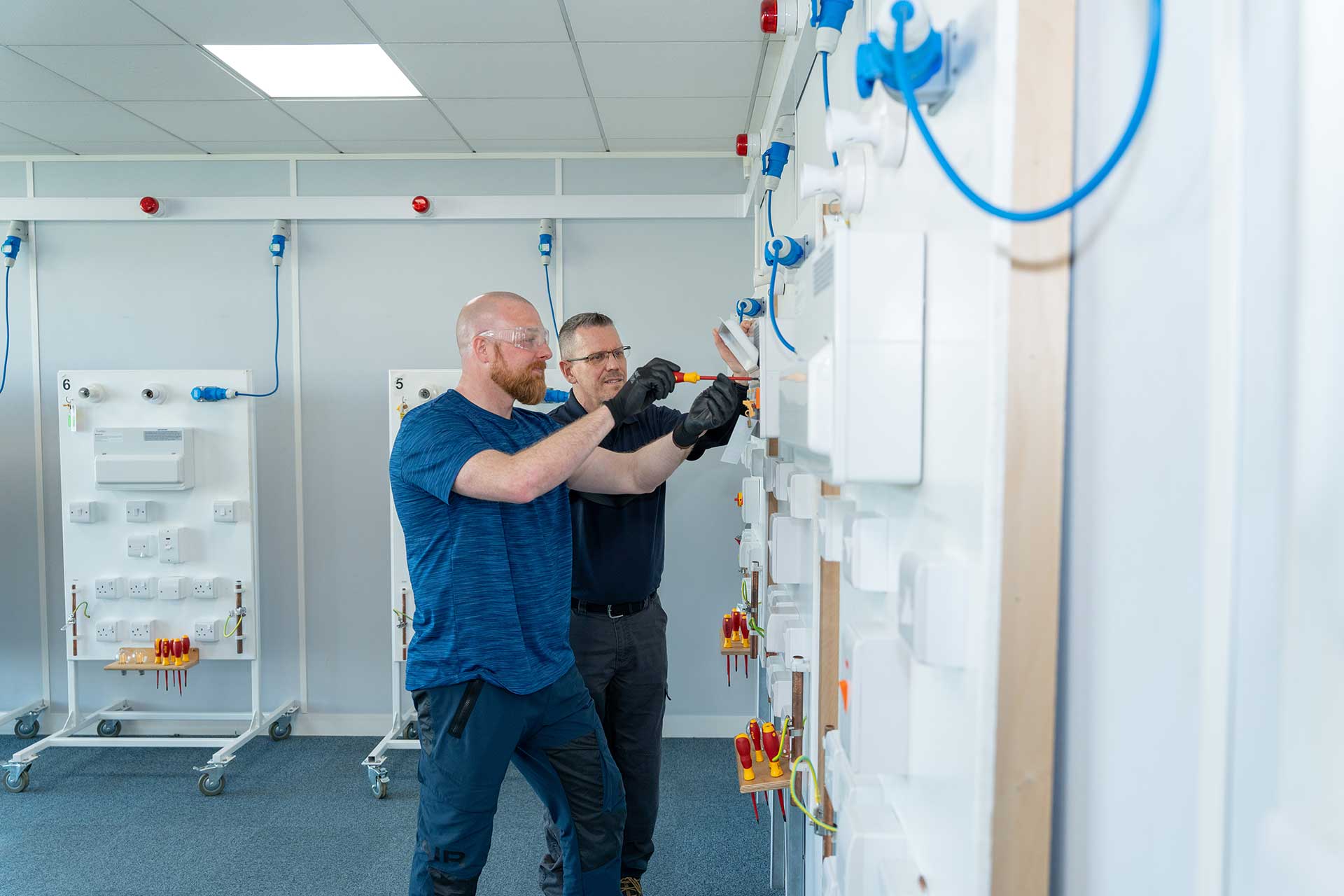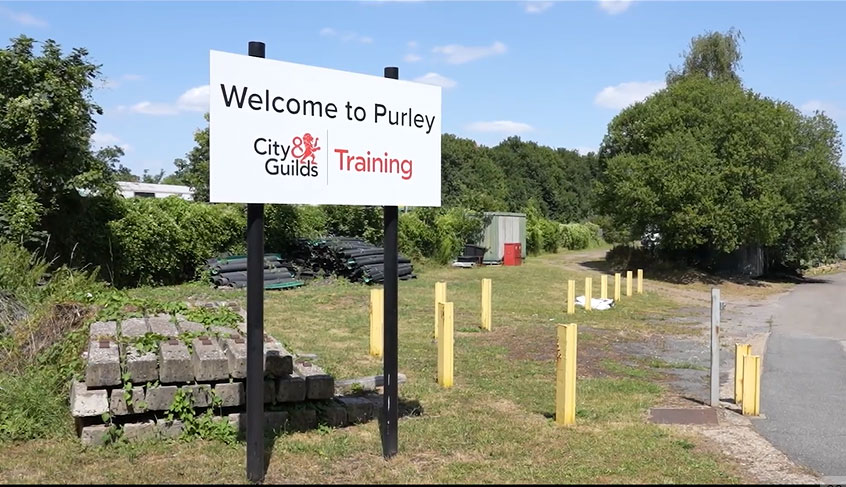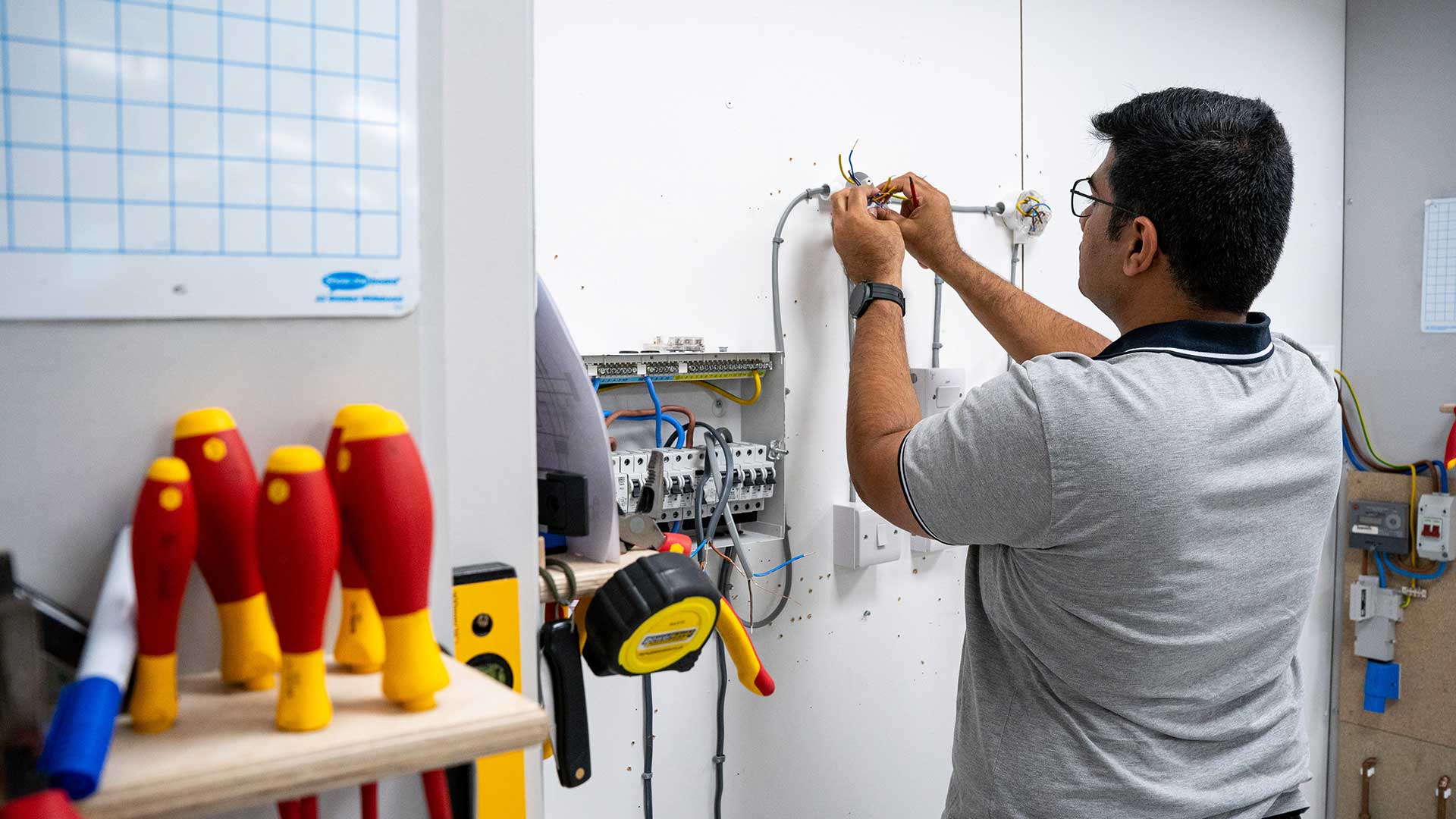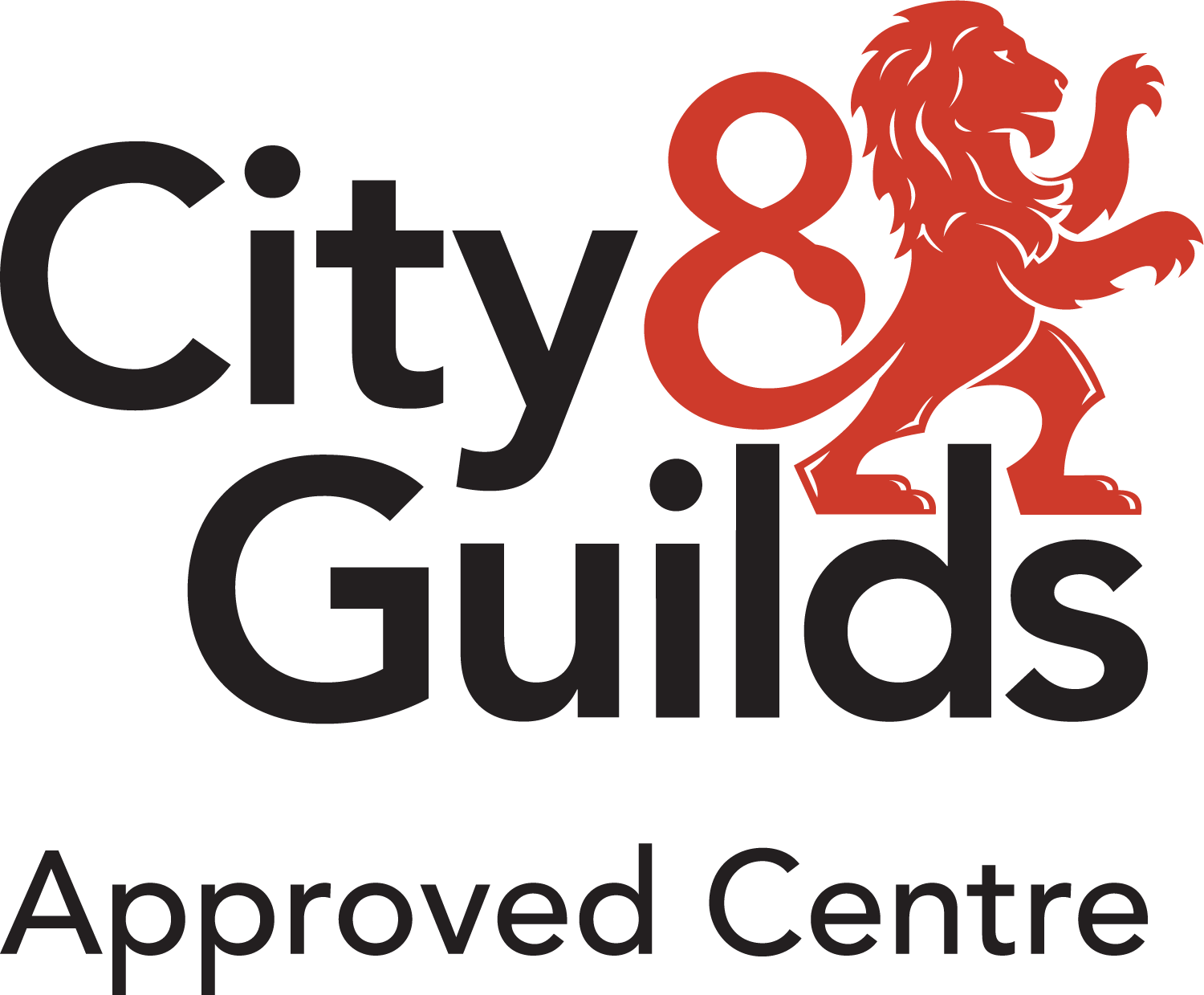Practically every electrician out there knows of the importance and advantages of joining a Part P Scheme. However with so many different opinions about the different scheme providers and what their joining requirements might be, we decided to speak directly to the main scheme providers to find out what the joining requirements actually are.
Part P was introduced in 2005 and became a defining minimum standard for electrical safety within domestic properties. This means that electrical works notifiable under the Part P Building Regulations must be certified either via a local authority or through self certification schemes such as the NICEIC, ELECSA and NAPIT.
However at a cost of £150 upwards for a local authority to assess electrical work, it makes far more sense for electricians to join a Part P scheme and to date there are over 25,000 contractors registered with a Part P Scheme and over 1 million jobs per year are notified.
Who are the main scheme providers?
The main scheme providers are well known throughout the electrical industry as the NICEIC, NAPIT and ELECSA. On the face of it, they all seem to offer the same essential services – that is to be able to certify electrical work and provide a warranty to the customer for work carried out.
Taking a look in the search engines, it is easy to see why it quickly becomes difficult to decide which scheme provider to select when taking a look at how each scheme provider describe themselves:
- NICEIC – the home of contracting excellence
- NAPIT – the complete solution
- ELECSA – in a major partnership with the ECA and NICEIC
The ECA, NICEIC and ELECSA are operated by an organisation known as Certsure LLP. A significant part of this partnership was the creation of the Electrical Safety Register which all electricians registered with the NICEIC, ECA and ELECSA are listed in. Approximately 80% of Part P registrants are on this register.
NAPIT offer their members their own register known as the Electric Safe Register which was created at the same time as the Electrical Safety Register. The Electric Safe Register is open to all 7 DCLG approved competent person scheme providers and all are encouraged to join.
How do I join a scheme provider?
Once you have achieved the relevant qualifications to join there are a number of things you will need to have in place. To save you time, we have done the hard work for you by producing a checklist of requirements for the NICEIC, NAPIT and ELECSA.


The assessment is split into 2 sections – office and on site. The office assessment is there to ensure you have sufficient systems in place to provide a good customer service and the on site assessment assesses technical competence.
Office Assessment Checklist
- Warranty: All installers must provide clients with a warranty for completed work. Prior to registering with a self certification scheme, the work can be signed off by a local authority who takes responsibility for the work.
- Certification: Adequately completed certificates should be available for review. Again, if you are registering with a Part P scheme for the first time, these should be completed by the local authority signing off your work.
- Technical Library: The latest copy of BS7671 and the On site Guide are to be held along with a copy of the Memorandum of Guidance to the Electricity at Work Regulations and Approved Document P.
- Job Notifications: On surveillance visits, all work undertaken during the past 12 months will be checked to ensure work which is notifiable has been notified. Surveillance visits can be carried out for both new Part P scheme joiners and existing members.
- Public Liability Insurance: At least £2 million must be held and the certificate produced to prove the insurance is current.
- Test Equipment: All test meters require a certificate of calibration or a record of regularly taken test results against a calibrated check box.
On Site Assessment Checklist
Traditionally, this involves the checking of at least 2 previous jobs to ensure the work complies with BS7671:2008 and the Building Regulations. The work must have been carried out within the last 12 months.


Office Assessment Checklist
- £2 million public liability insurance and ¬£250,000 professional indemnity insurance.
- A calibration certificate needs to be issued to NAPIT.
- Technical Reference Documents: The latest copy of BS7671 and the On site Guide are to be held along with a copy of the Memorandum of Guidance to the Electricity at Work Regulations and Approved Document P.
On Site Assessment Checklist
- An installation with a minimum of 2 new circuits will be assessed which can be located in a customers home, friends or family or even your own home.
Talking about the benefits of joining NAPIT, Martin Bruno NAPIT COO says “Our members chose NAPIT because they want to be able to legally self-certify their own work. They also join us to gain the esteem that comes with membership of a professional organisation and the ability to display the NAPIT logo as a mark of trust and assurance to their customers.
We offer a Complete Solution which can significantly reduce costs for those who need to notify across multiple trades, along with a host of additional benefits which include; technical support, a legal helpline, consumer publicity, an online forum, a work quality guarantee scheme for Competent Person Scheme members, a regular magazine and newsletters, discounted training, and competitively priced tools and equipment for both hire and purchase.
More importantly NAPIT are a Trade Association, giving our members a ‘voice’. National Trade Association meetings between NAPIT Registered Installers are held throughout the year across the country to discuss the issues that affect them at a local level, these are then reported back and NAPIT assist in resolving them. Along with industry surveys and consultations with our members, this is something we work hard at growing to support our membership.”
Conclusion
Contractors often find that they get a lot out of the assessment experience when suitably prepared.
Many electricians find it provides a useful opportunity to discuss technical issues of their own with the assessors, as although there to assess you they are always happy to act as a ‘sounding board’ by providing useful information to improve your electrical work and ultimately your business.

